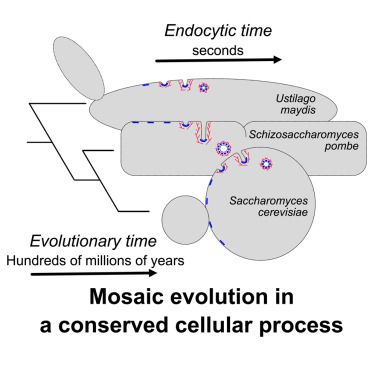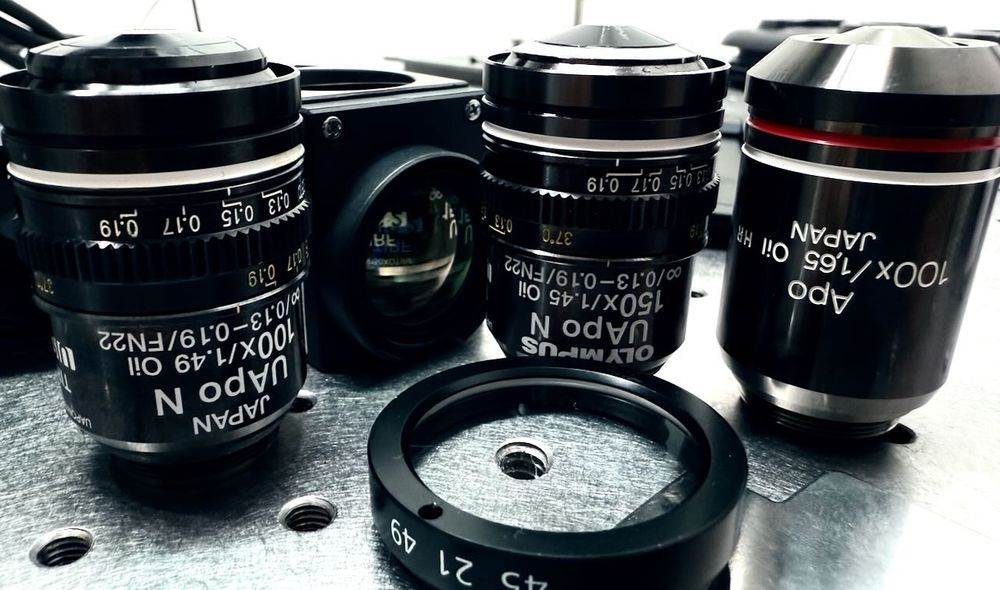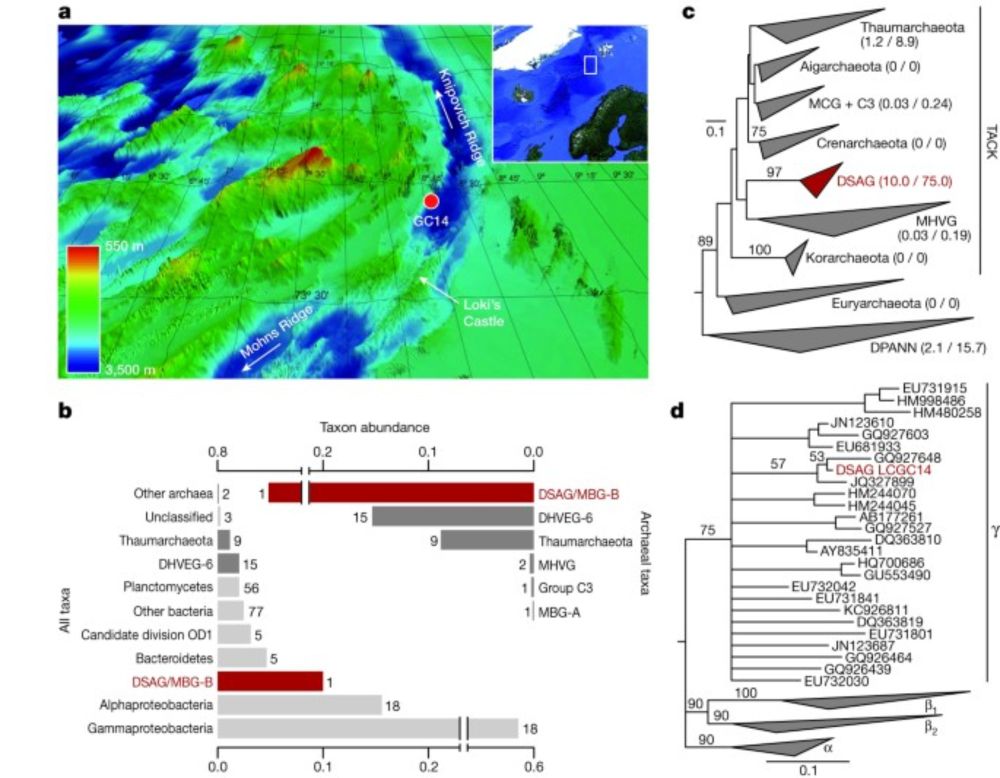
Cell biology, Cytoskeleton, Cell cycle, Synthetic biology, Evolution.
Lab webpage: https://syncellbiolab.weebly.com
Alumnus of UniWarwick|DKFZ|MKU|VIT
Odin, from Norse mythology, emerges from the Odinarchaeota yellowstonii genome, holding FtsZ1 and FtsZ2 the ancestral twins of tubulin highlighting their evolutionary divergence in Asgard archaea. 👉 shorturl.at/n7iZE
#archaea #evolution #tubulin #cytoskeleton
Odin, from Norse mythology, emerges from the Odinarchaeota yellowstonii genome, holding FtsZ1 and FtsZ2 the ancestral twins of tubulin highlighting their evolutionary divergence in Asgard archaea. 👉 shorturl.at/n7iZE
#archaea #evolution #tubulin #cytoskeleton
Odin, from Norse mythology, emerges from the Odinarchaeota yellowstonii genome, holding FtsZ1 and FtsZ2 the ancestral twins of tubulin highlighting their evolutionary divergence in Asgard archaea. 👉 shorturl.at/n7iZE
#archaea #evolution #tubulin #cytoskeleton
We show that #Expansion #Microscopy is a broad-spectrum modality for Euks, enabling 3D phenotypic maps rooted to phylogeny.
#ProtistsOnSky #SciComm #SciSky
www.cell.com/cell/fulltex...
We show that #Expansion #Microscopy is a broad-spectrum modality for Euks, enabling 3D phenotypic maps rooted to phylogeny.
#ProtistsOnSky #SciComm #SciSky
www.cell.com/cell/fulltex...

www.nature.com/articles/s41...
Congrats to the authors: @sshamphavi.bsky.social @loumollat.bsky.social @mariejoest.bsky.social Najwa Taib and @sgribaldo.bsky.social
www.nature.com/articles/s41...
Congrats to the authors: @sshamphavi.bsky.social @loumollat.bsky.social @mariejoest.bsky.social Najwa Taib and @sgribaldo.bsky.social
Our paper @PLOS Genetics reveals surprising teamwork (and backup plans!) between tropomyosin isoforms in yeast. #imaging #cytoskeleton #celldivision
This work was brilliantly led by @anubhavdhar.bsky.social @bagyasree.bsky.social
t.co/RvUrzad5tL
Our paper @PLOS Genetics reveals surprising teamwork (and backup plans!) between tropomyosin isoforms in yeast. #imaging #cytoskeleton #celldivision
This work was brilliantly led by @anubhavdhar.bsky.social @bagyasree.bsky.social
t.co/RvUrzad5tL
go.nature.com/3JyRV4S

go.nature.com/3JyRV4S
#asgard #archaea #cytoskeleton #tubulin #FtsZ
We sincerely appreciate the constructive peer review and the reviewers’ thoughtful, supportive feedback, which greatly strengthened our work.
www.embopress.org/doi/full/10....

#asgard #archaea #cytoskeleton #tubulin #FtsZ
We sincerely appreciate the constructive peer review and the reviewers’ thoughtful, supportive feedback, which greatly strengthened our work.
@embojournal.org Dual FtsZ proteins in Odinarchaeon form distinct filaments shedding light on tubulin/FtsZ evolution. Brilliantly led by @jayantik.bsky.social
www.embopress.org/doi/full/10....


@embojournal.org Dual FtsZ proteins in Odinarchaeon form distinct filaments shedding light on tubulin/FtsZ evolution. Brilliantly led by @jayantik.bsky.social
www.embopress.org/doi/full/10....

www.cell.com/current-biol...

www.cell.com/current-biol...
We are looking for a staff scientist to join us here in Geneva to work on microscopy and image analysis projects! See the link for the job announcement (in French and in English).
Please apply and/or repost!
jobs.unige.ch/www/wd_porta...

We are looking for a staff scientist to join us here in Geneva to work on microscopy and image analysis projects! See the link for the job announcement (in French and in English).
Please apply and/or repost!
jobs.unige.ch/www/wd_porta...
www.biorxiv.org/content/10.1...

www.biorxiv.org/content/10.1...
www.biorxiv.org/content/10.1...
#Chromatin #Asgard #Archaea #cryoEM
www.biorxiv.org/content/10.1...
#Chromatin #Asgard #Archaea #cryoEM

Join us in Cambridge, UK, from 6–10 July 2026 for the only international meeting dedicated to Archaea.

Join us in Cambridge, UK, from 6–10 July 2026 for the only international meeting dedicated to Archaea.



